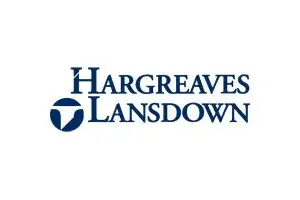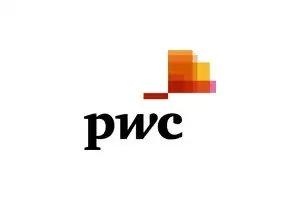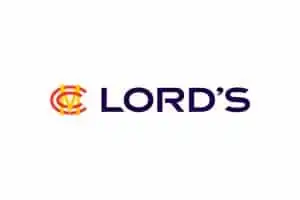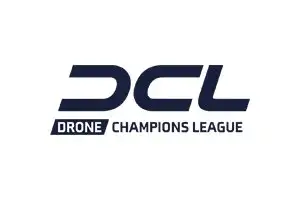Devise strategies to place your website, brand, or content in front of generative AI users. AccuraCast’s SEO for AI service ensures your website will be referenced in responses generated by AI models like ChatGPT.
AI SEO Consulting
Specialist guidance provided by AI SEO experts to enhance your brand’s visibility on chat services built on large language models. Optimise your digital presence for conversational platforms like ChatGPT, Google Bard, and voice assistants. Combine our technical expertise and cutting-edge AI search optimisation techniques with your topical expertise to ensure your businesses stays ahead in an increasingly AI-first world.
Google’s AI Overviews
We also provide SEO services to enhance your presence on Google’s AI Overviews – within organic search results.
GEO Services
Whether you’re building a new brand or enhancing the visibility of your existing web presence, our expertise positions your business for future success by leveraging best practices and cutting-edge GEO strategies to optimise for AI-driven search and conversational platforms.
What is GEO?
GEO: Generative AI Optimisation – is the science of improving visibility and relevance on AI-driven platforms like ChatGPT, voice assistants, Google’s AI Overviews and other conversational AI tools.
The process of GEO involves tailoring content, data, and digital strategies with a focus on creating context-rich, natural language content that aligns with how AI models understand and respond to user queries. Structured data, conversational relevance, and user intent are important considerations for GEO.
Benefits of GEO
The way people search for and consume information is rapidly evolving. ChatGPT is one of the top 10 sources of information in the UK (Source: Google Analytics data). 48% of internet users aged 16+ cited “finding information or content” as the most popular reason for using a generative AI tool in the past year (Source: IPSOS).
GEO can help your business leap ahead of the competition as AI-driven search and chat become the dominant way people find information online.
GEO vs SEO
Generative AI Optimisation (GEO) focuses on optimising content and digital strategies for AI-driven platforms like ChatGPT, voice assistants, and other conversational interfaces. This is different from traditional SEO, where the focus is on improving visibility on search engines like Google through keyword placement, meta tags, and backlinks.
GEO works with natural language, structured data, and context-rich content to present information in a format that aligns with how AI models interpret it. It prioritises conversational relevance and user intent, preparing your business to drive traffic and sales from AI recommendations.
In-house AI SEO training
We understand the value of building a strong in-house SEO team. Call on our AI SEO training services, to upskill your team and empower them to scale content production for greater visibility on AI-based search engines.
Our team of technical SEO and AI experts can help you devise a long-term strategy to grow your brand’s presence on the new frontiers of search.
Our GEO services cover:
- Conversational AI content strategy
- AI-driven keyword / topic research
- Generative AI optimisation audits
- Multilingual SEO for AI search
- Structured data and schema markup implementation
- User intent mapping & analysis
- AI algorithm training & tuning
- Content optimisation for AI search
- Natural language content creation
- Topic authority development
- AI SEO performance analytics and reporting.
What makes AccuraCast the right consultancy to build your AI SEO strategy?
100% Ethical conversational AI SEO – that delivers long-lasting results and prepares your brand for the future of AI-led search.
Our ethics policy explains clearly what we do and how we work.
Technical expertise
SEO expertise combined with pioneering AI skills – we developed AI tools before AI was cool! We keep up with the ever-changing world of search to ensure your business wins.
Multi-sector experience
Over two decades at the forefront of SEO for corporations in all sectors, delivering measurable results and keeping costs down.
Partnering for innovation
Our consultants work as an extension of your team, identifying opportunities and pioneering breakthrough ideas to outrank your competition.
Comprehensive support
From audit and consultation through to training and support, we analyse site optimisation, recommend actions, and deliver a complete SEO service.



















